Graham Reid | | 6 min read
Tombstone Blues (from Shadow Kingdom)
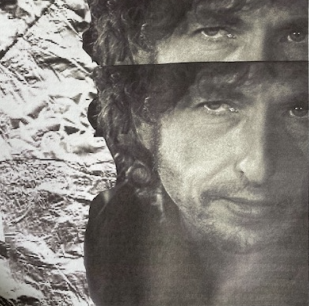
Not many know this, but in 2014 Bob Dylan was the Founding Patron of the University of Auckland’s Creative Thinking Research Fund in New Zealand. And he was honoured as the inaugural Creative Laureate of the University’s Creative Thinking Project.
I wasn't sure what this alliance of creative thinkers actually did (there are symposia and academic discussions about creativity) or whether Dylan was even aware of it.
But I was told his manager was being “very supportive”.
 However the cachet of Dylan's name-association shows his reach into culture and society: from Minnesota to Moscow, Bleeker Street to Beijing, Scandinavia to the School of Music in Auckland where I taught a third year paper on Bob Dylan and the Beatles' role in cultural, social, political and musical change in the 1960s.
However the cachet of Dylan's name-association shows his reach into culture and society: from Minnesota to Moscow, Bleeker Street to Beijing, Scandinavia to the School of Music in Auckland where I taught a third year paper on Bob Dylan and the Beatles' role in cultural, social, political and musical change in the 1960s.
As Benmont Tench of Tom Petty's Heartbreakers – and of many Dylan sessions -- has said, “We're walking the earth and Walt Whitman is alive. We're in Shakespeare's lifetime. We're walking the earth when Mary Shelley is thinking up the Modern Prometheus. We're in the world with someone like that. It's crazy”.
Tench said that after the revelation he had when seeing some of Dylan's alternate lyrics for the song Jammin' Me which the Heartbreakers recorded.
The quote comes from an essay by New York songwriter/music journalist Jeff Slate in the new book Bob Dylan: Mixing Up the Medicine, a tome best measured by weight than its 600 illustrated pages.
Medicine draws on source material from the voluminous archives at the Bob Dylan Center in Tulsa in Oklahoma, not so coincidentally the same city which houses the Woody Guthrie Center Archives.
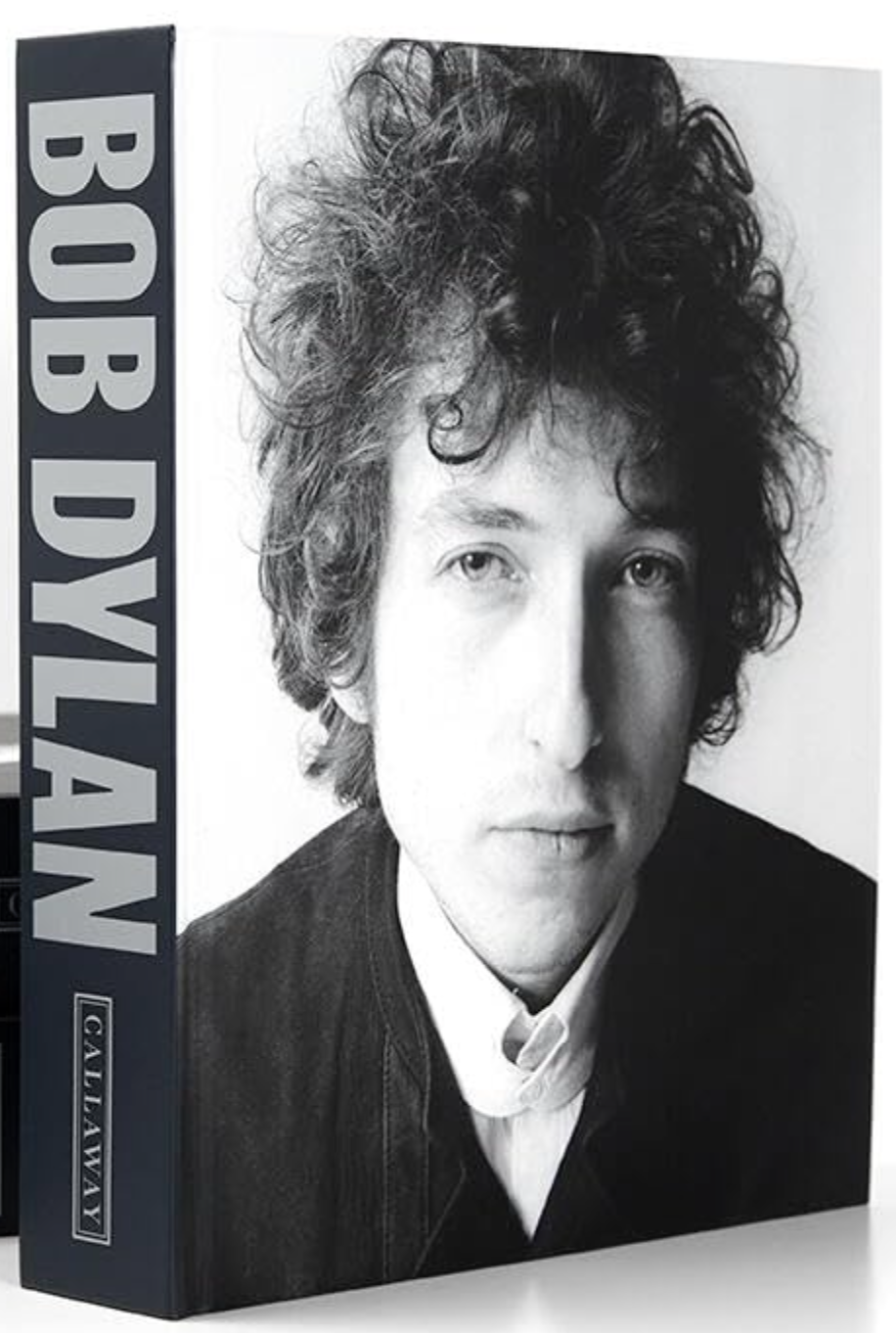 Medicine offers a broadly chronological account of Dylan's life and work (with digressions into themes, films, his paintings and sculpture) which is enlightening for those coming to Dylan curious but perhaps a bit cold, and equally revelatory or frustrating for those very familiar with the man and his art.
Medicine offers a broadly chronological account of Dylan's life and work (with digressions into themes, films, his paintings and sculpture) which is enlightening for those coming to Dylan curious but perhaps a bit cold, and equally revelatory or frustrating for those very familiar with the man and his art.
For the latter group, the real interest alights on the essays by invited writers, fellow musicians, academics and others who have drilled down into Dylan's handwritten notebooks, rare recordings unavailable in the public domain and other artefacts which provide insights, illumination or confusion.
Canadian writer/filmmaker Griffin Ondaatje writes a keenly intelligent and fascinating piece about the influence of, and references from/to, Joseph Conrad's novel Victory on songs like Ballad of a Thin Man and Tombstone Blues, and on albums like Desire and Blood on the Tracks.
Characters, locations and names appear in common, although Ondaatje notes Conrad never gets a mention in Dylan's Chronicles Vol 1.
This discovery is important because it points to early examples of Dylan's increasing assimilation of literary allusions (and sometimes passages) into his work in the following decades.
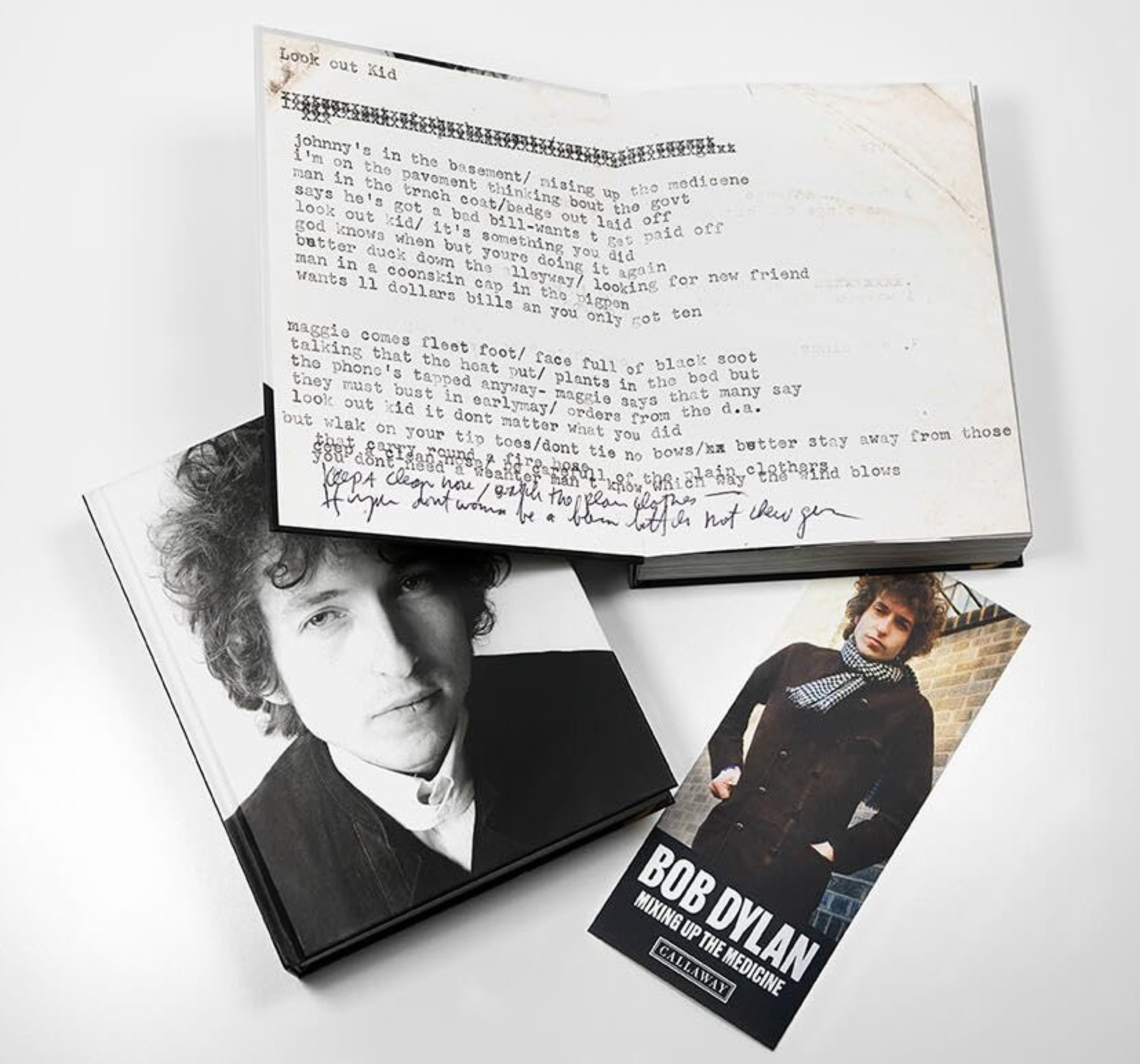 In a collection which is largely uncritical of its subject, one of the most rewarding essays – for his humour and plain-spoken candour – is by Lee Ranaldo of Sonic Youth on hearing Dylan's first record, recorded on Christmas Eve 1956 with two friends Larry Kegan and Howie Rutman.
In a collection which is largely uncritical of its subject, one of the most rewarding essays – for his humour and plain-spoken candour – is by Lee Ranaldo of Sonic Youth on hearing Dylan's first record, recorded on Christmas Eve 1956 with two friends Larry Kegan and Howie Rutman.
The three – all 15 – went down to the local music shop in St Paul where they recorded a few doo-wop and early rock'n'roll songs direct to disc on a 78rpm record.
As we might all be, Ranaldo was excited and “I'd like to imagine that Bob had a confirmation of his future self that day”. But he is disappointed.
It's just three kids – one of the Robert Zimmerman not Bob Dylan – having fun.
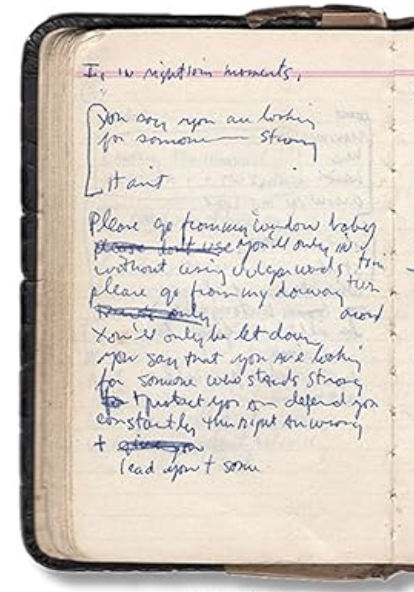 “I wanted this disc to be something it's not,” he concludes, but his writing about the journey to that disappointment is evocative as he tries to imagine the event.
“I wanted this disc to be something it's not,” he concludes, but his writing about the journey to that disappointment is evocative as he tries to imagine the event.
The dean of rock journalism Greil Marcus is almost as disappointed when he hears a tape from 1960 of 18-year old Dylan in Madison, Wisconsin . . . although he isolates one small enunciation as “an early catch of the uncanny timing Dylan would mine for the rest of his career”.
But nothing in these songs allows for the emergence of a voice as distinctive and fully formed as, say, the teenage John Lennon singing with the Quarrymen on the back of a flatbed truck at a village fete in suburban Liverpool.
Bob Dylan would emerge more cautiously when he arrived in New York and where the story becomes more alive and detailed.
Among the other contributors are Native American poet/musician Joy Harjo (on Tangled Up in Blue and finding her own voice), singer/songwriter Allison Moorer (who responds to Dylan's Not Dark Yet with a poem of her own), author/critics Clinton Heylin, Alex Ross and Greg Tate (on Hendrix and Dylan), artist Ed Rusha (most recently seen as the cover artist for the Beatles' Now And Then single) and Michael Ondaatje.
Dylan – perhaps because of his rare engagement with his live audience – is often thought to have done few interviews, but that has never been the case.
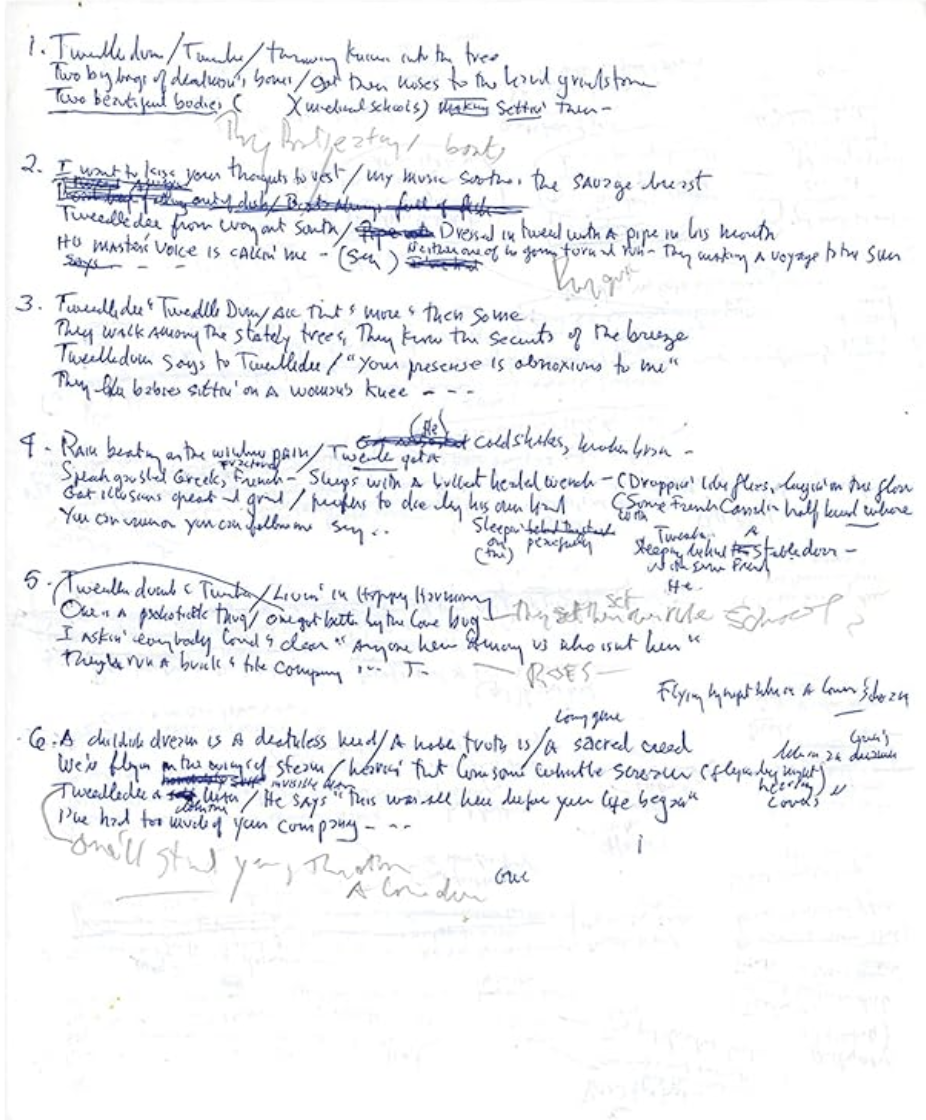 He is certainly selective about who he will talk to, but when he does he can be illuminating about his working method, intentions and thinking processes. And yes, elusive when he wants to be.
He is certainly selective about who he will talk to, but when he does he can be illuminating about his working method, intentions and thinking processes. And yes, elusive when he wants to be.
In these pages his voice appears frequently from interviews done at press conferences and for magazines in the early years to soundbites from sit-downs with writers for Rolling Stone, Playboy and so on, and for Martin Scorsese's No Direction Home documentary.
This is him talking to Rolling Stone magazine about the 14-minute song Tempest (off the 2012 album of the same name), a song which references both the 1912 sinking of the Titanic and the 1997 movie.
“People are going to say, 'Well that's not very truthful'. But a songwriter doesn't care about what's truthful. What he cares about is what should've happened, what could have happened. That's it's own kind of truth.”
That perhaps explains the controversies – not addressed in these pages – which attended Dylan's use of real people like Hurricane Carter, George Jackson, Joey Gallo, John Wesley Hardin (as John Wesley Harding) and others which some critics have said are deployed as cyphers.
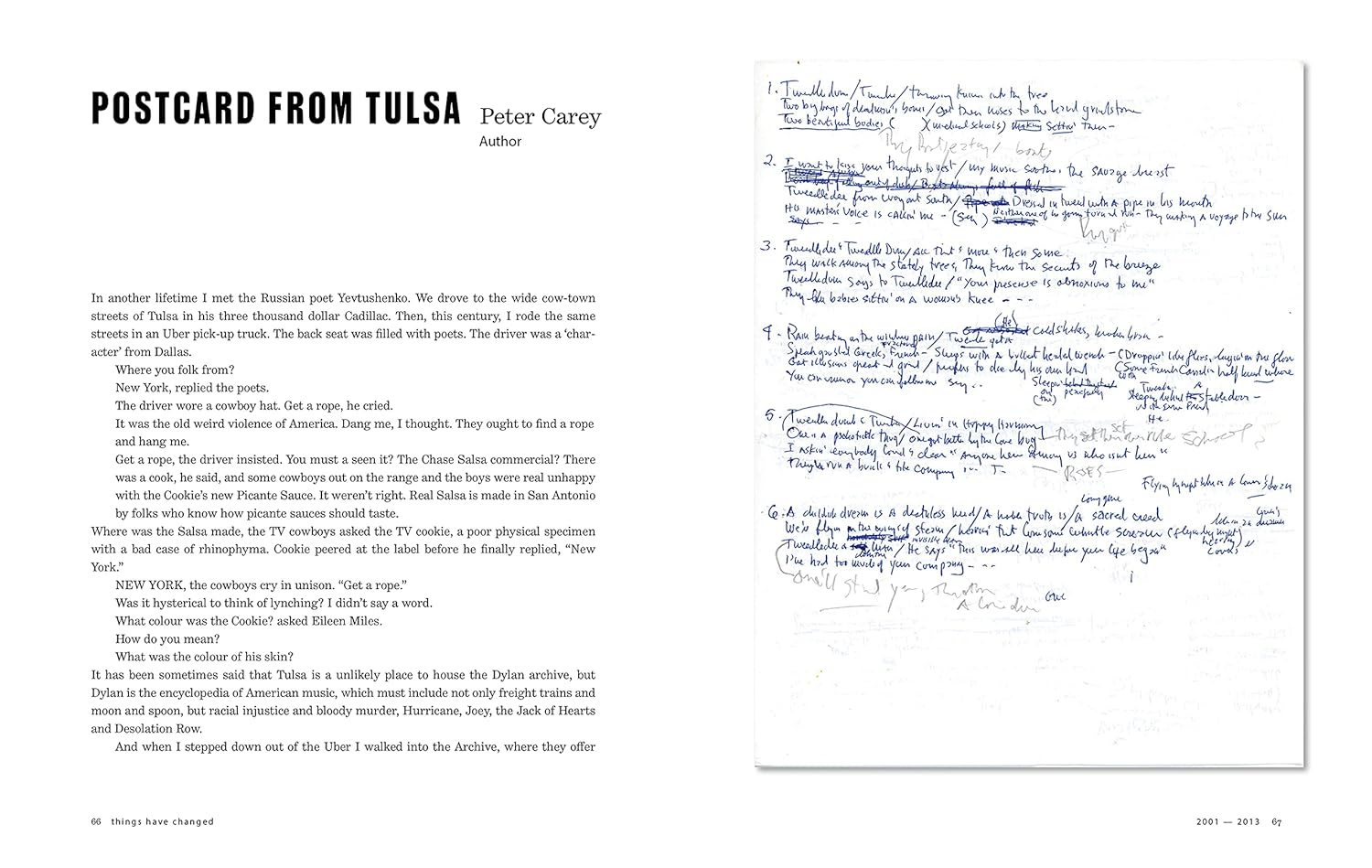 Dylan's words appear in the reproductions of his pocket-sized notebooks, scraps of lyrics (many on hotel letterheads while on tour where we see ideas and phrases reworked and/or discarded), and from his own writing in the impenetrable Tarantula, the autobiographical Chronicles Volume 1, his recent The Philosophy of Modern Song and the Theme Time Radio Hour programmes, the latter might have warranted a deeper dive (but no doubt someone is working on a book about that series).
Dylan's words appear in the reproductions of his pocket-sized notebooks, scraps of lyrics (many on hotel letterheads while on tour where we see ideas and phrases reworked and/or discarded), and from his own writing in the impenetrable Tarantula, the autobiographical Chronicles Volume 1, his recent The Philosophy of Modern Song and the Theme Time Radio Hour programmes, the latter might have warranted a deeper dive (but no doubt someone is working on a book about that series).
Some lyrics are reproduced so small you should have a magnifying glass on hand.
By largely avoiding critical comment much is also left unsaid: ordinary albums are considered noteworthy (albeit briefly) and there is no coment about when Newsweek revealed in November 1963 that the hobo drifter singer-songwriter Bob Dylan was actually the middle-class Robert Zimmerman from Minnesota (see below).
Within 10 days however no one cared: President Kennedy went to Dallas.
But that's another story, and another Dylan song.
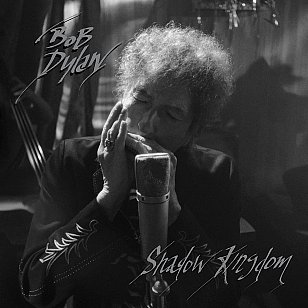 Oddly the promotional material for his recent Shadow Kingdom is taken at face value as the performance having occurred in the Bon Bon Club in Marseilles. (No such club exists, the film was shot on a sound stage in Santa Monica with actors miming the musicians' playing).
Oddly the promotional material for his recent Shadow Kingdom is taken at face value as the performance having occurred in the Bon Bon Club in Marseilles. (No such club exists, the film was shot on a sound stage in Santa Monica with actors miming the musicians' playing).
But the best essays here prompt a rethink,
I'll certainly be going back to Tweedle Dee & Tweedle Dum on “Love and Theft” for a reconsideration based on Booker Prize-winner Peter Carey's close reading of the lyrics and Dylan's many amendments on the manuscript, which Carey teases apart to suggest something from the recent past and Dylan's youth
Larry Sloman also suggests autobiographical content in Handy Dandy on the execrable Under The Red Sky album of 1990. Another one -- among many prompted by these essayists -- to return to.
Other contributors to Mixing Up the Medicine include John Doe and Richard Hell, author Lucy Sante and quotes come from sources as diverse as US presidents (Carter and Obama, both genuine admirers) to poets (Ginsberg obviously), fellow artists (Tom Petty, George Harrison, session musicians), video-makers (George Lois for Jokerman) and many more who have known or worked with Dylan, and many others just admirers of his gifts.
Those coming to Dylan at this late stage with just a little knowledge but curiosity will doubtless find this daunting (a better way in would be Andy Gill's book abut Dylan classic early songs).
But for those more familiar with the subject, Mixing Up the Medicine makes for a fascinating journey through the life and work of a singular artist who, as Benmont Tench observes, walks this earth . . . if not among us and part of us, at least occupying the same time.
That is a remarkable thing to consider. And maybe a topic for a symposium?
.
BOB DYLAN: MIXING UP THE MEDICINE, edited by MARK DAVIDSON and PARKER FISHEL. Callaway, New York c.$US100
.
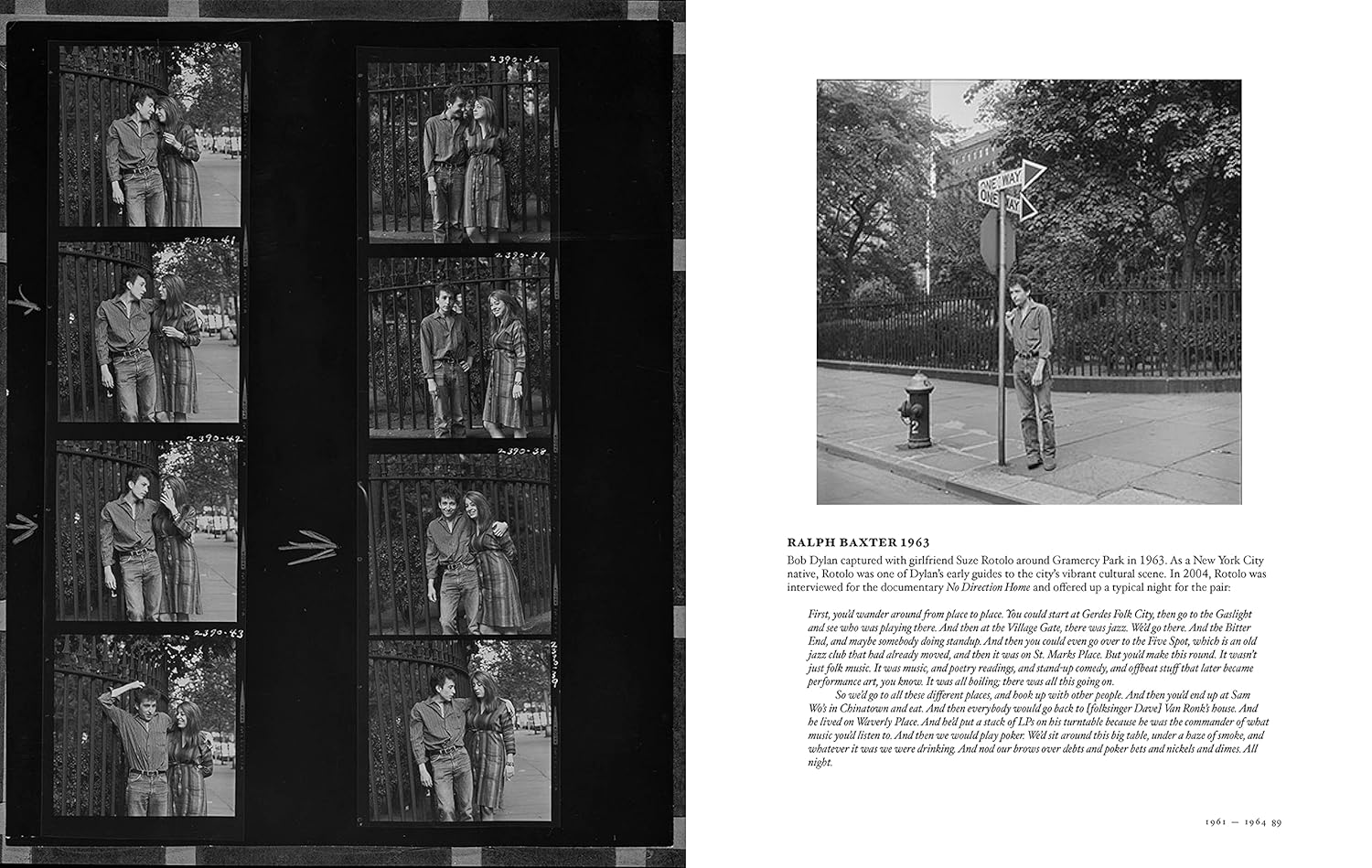
.
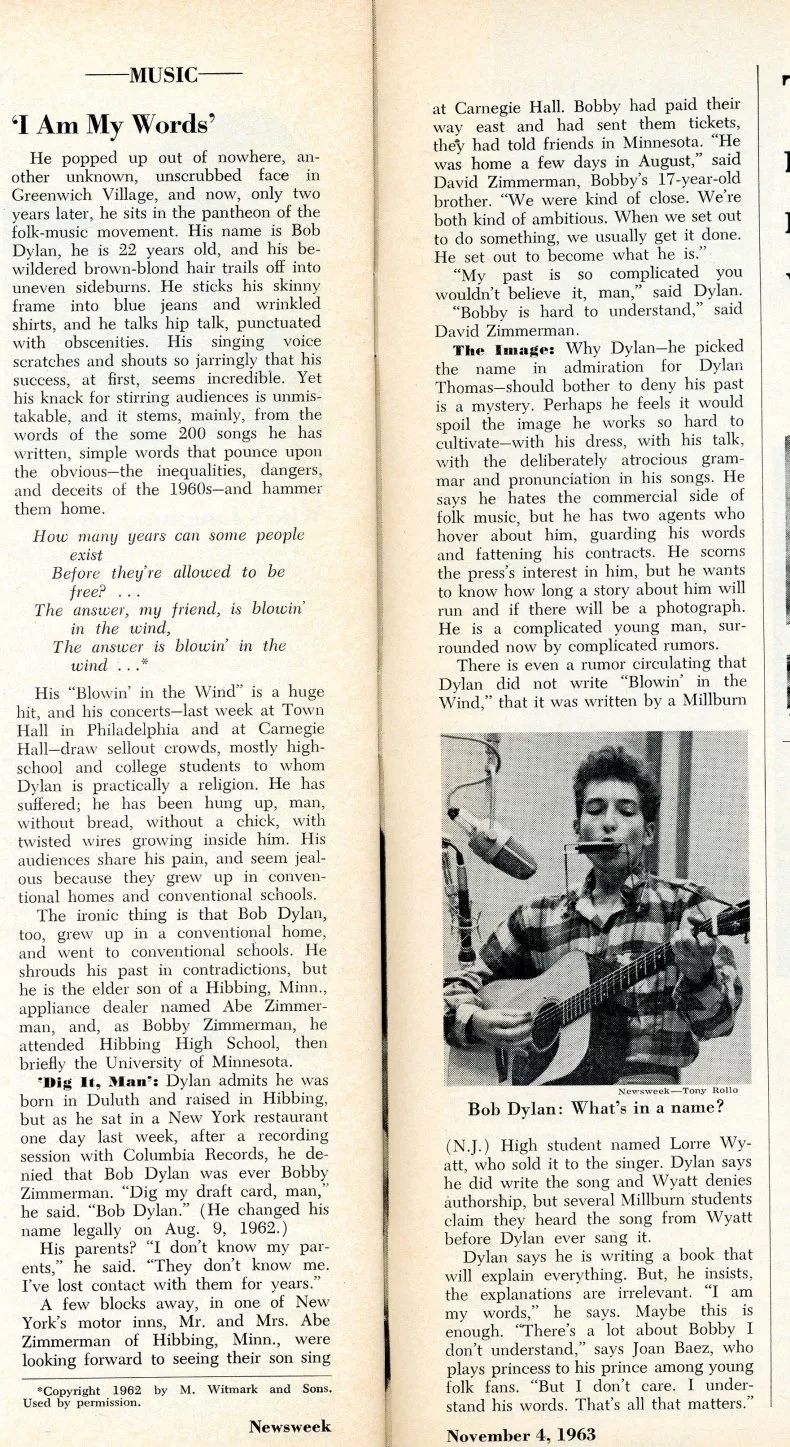

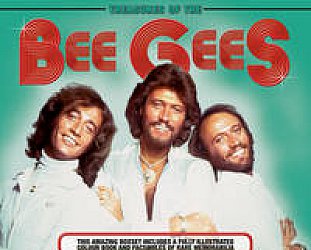
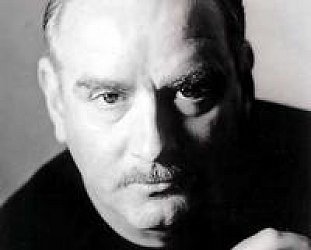
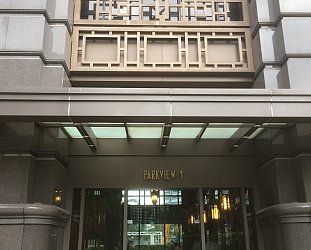
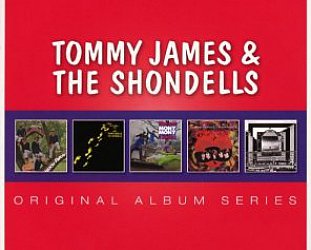
Fred Muller - Jan 8, 2024
Thanks, Graham. The audio link plays ‘Tombstone Blues’ instead of ‘What was it You Wanted’.
Savepost a comment